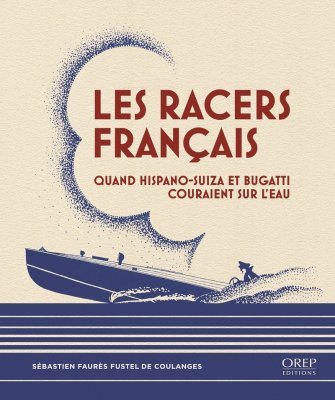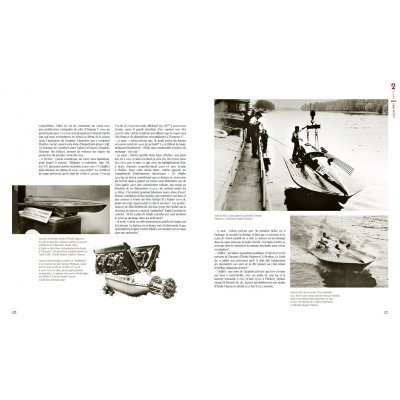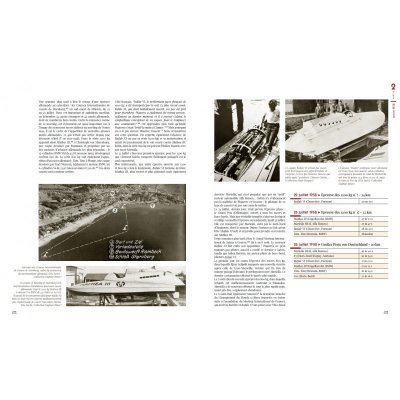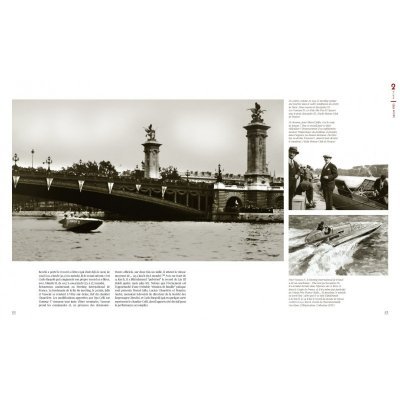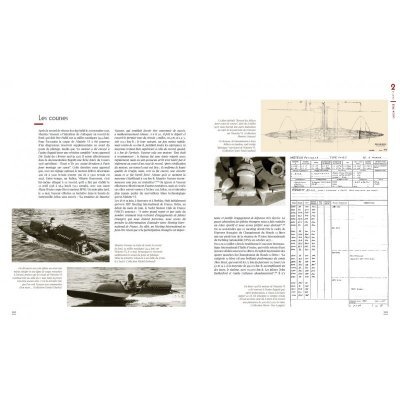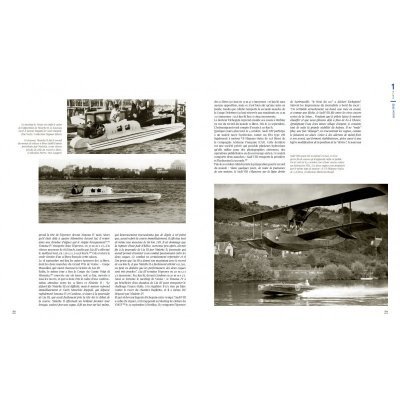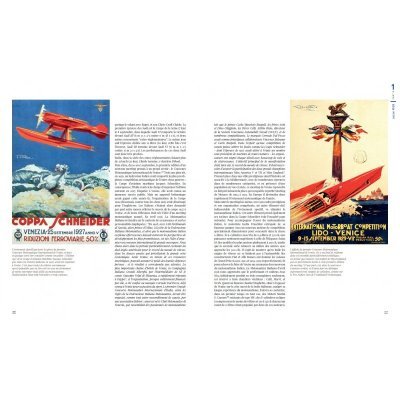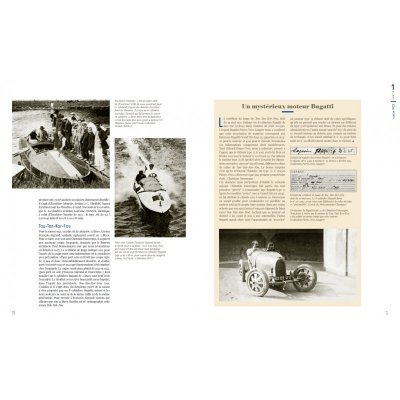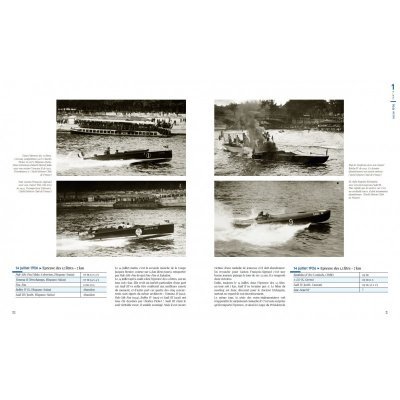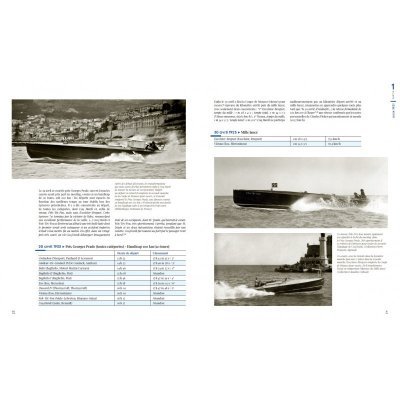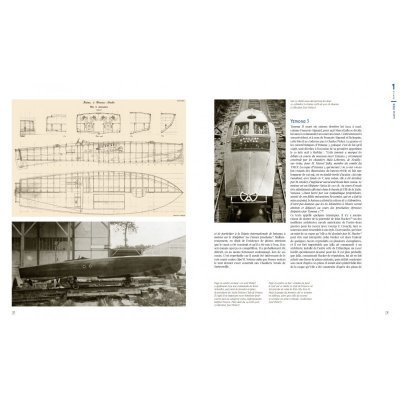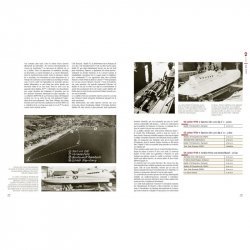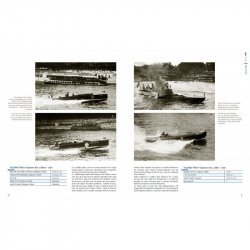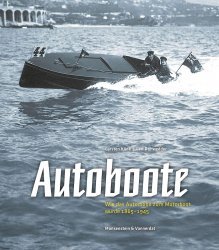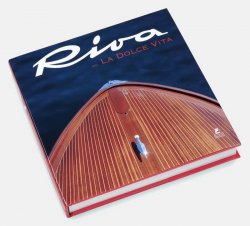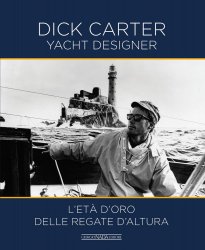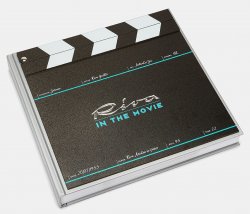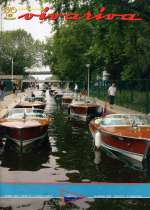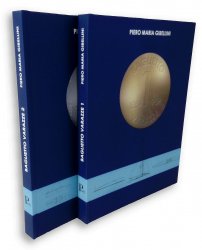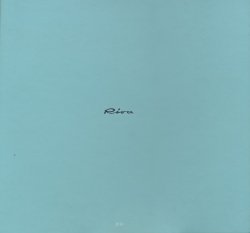LES RACERS FRANCAIS - QUAND HISPANO-SUIZA ET BUGATTI COURAIENT SUR L'EAU
Before the Great War, France held a leading position in motor sports. But from the mid-1920s onwards, its technology and results began to decline: the French were beaten by Italians and then Germans on tracks, and by the British and Americans in the air.
However, there was one field in which France remained ahead: powerboating. How many people know that, shortly after the golden age of American racers in the mid-1920s, from 1928 to 1931 France also experienced a similarly golden age: it was a period when, in the top category, the 12-litre class, when people spoke of a racer capable of exceeding 100 km/h, they inevitably meant a French racer.
Who were the protagonists of this golden age? An architect, Charles Picker; sportsmen, the musketeers Marcel Jalla, Gaston François-Sigrand and Eugenio Etchegoin; and an engine, the famous Hispano-Suiza V8. These talents together produced some of the most elegant racing boats ever designed: the Yzmona, Pah-Sih-Fou and Sadi lines.
From the end of 1931, in the wake of what had happened a few years earlier in the automotive sector, the centre of gravity of European motor racing shifted from France to Italy.
And yet a maverick emerged, the pilot Maurice Vasseur, who, with the subsequent financial support of Jalla and then Emile Piquerez, for four years (from 1933 to 1936), and at the wheel of a single racer, would undermine the crème of Italian powerboating! Vasseur lived the life of a fictional character to the full, and his fate was one of the most tragic.
In the course of history, other protagonists came into the limelight: sportsmen, Theodore Clarke and his Excelsior, Gaston Meyer and his Incognito; architects, Paul Bonnemaison and Clément Galvin; and personalities from the automobile industry, such as Ettore Bugatti and the Niniette, Albert Divo, or from the aeronautics industry, such as Louis Breguet and Marcel Doret. Celle, Malo-Lebreton, Jouët, Chauvière… The shipyards are not forgotten, in particular the Italian Celli, whose influence in France is finally highlighted.
Profiles of protagonists, technical descriptions, unpublished projects, research on paternity, an account and classification of all the 12-litre races contested in Europe between the two wars, objective analyses of the facts: all this is what you will find in this extraordinary work, the most complete and documented so far on the history of powerboating in Europe.
Les Racers français: Quand Hispano-Suiza et Bugatti couraient sur l'eau has 352 pages and a wealth of illustrations.
Limited edition of 500 copies.
Product specification
Additional information
Write a Review
Login or Register to write your review
You might also like
- Publisher: Karren Publishing
- Language: German
- Binding : In hardback
- Publisher: Editions Place Des Victoire
- Language: German, English, French, Italian, Dutch, Spanish
- Binding : In hardback
- Publisher: Giorgio Nada
- Language: Italian
- Binding : In hardback
- Publisher: Riva
- Language: English, Italian
- Binding : In hardback
- Publisher: Riva Historical Society
- Language: English, Italian
- Binding : In paperback
- Publisher: Piem
- Language: Italian
- Binding : In hardback




